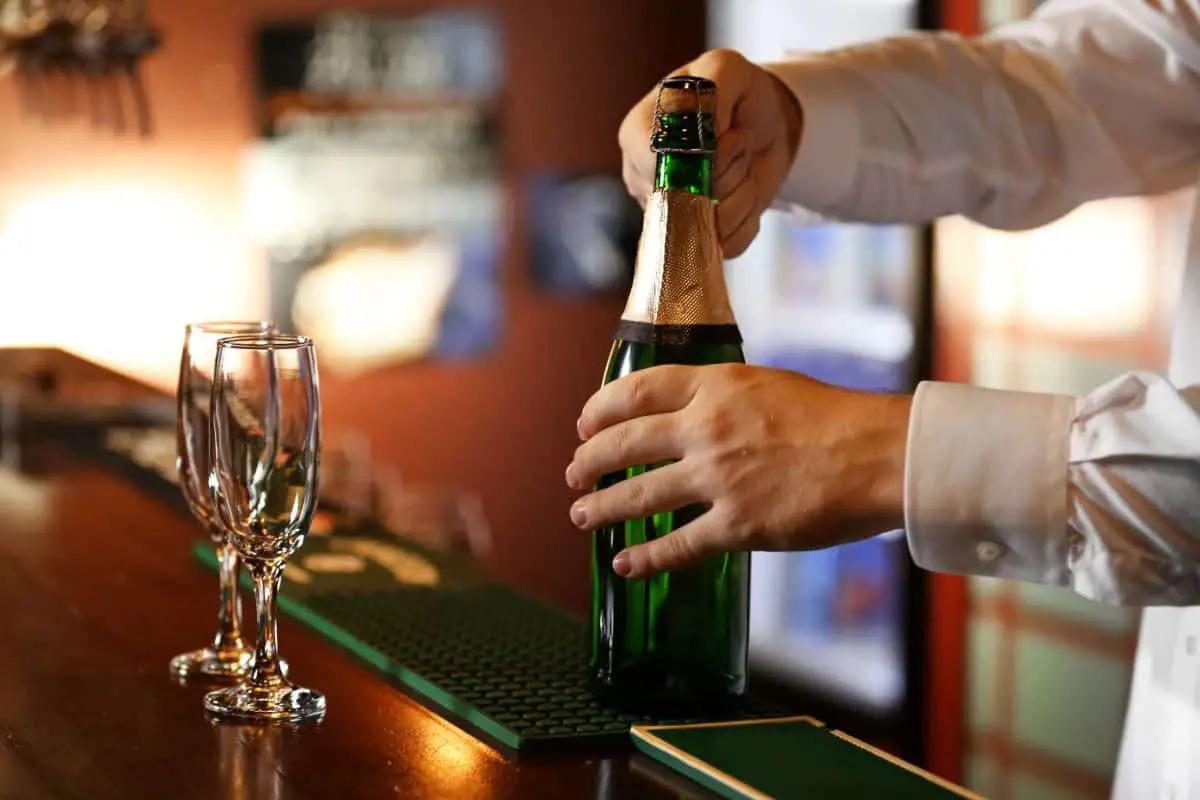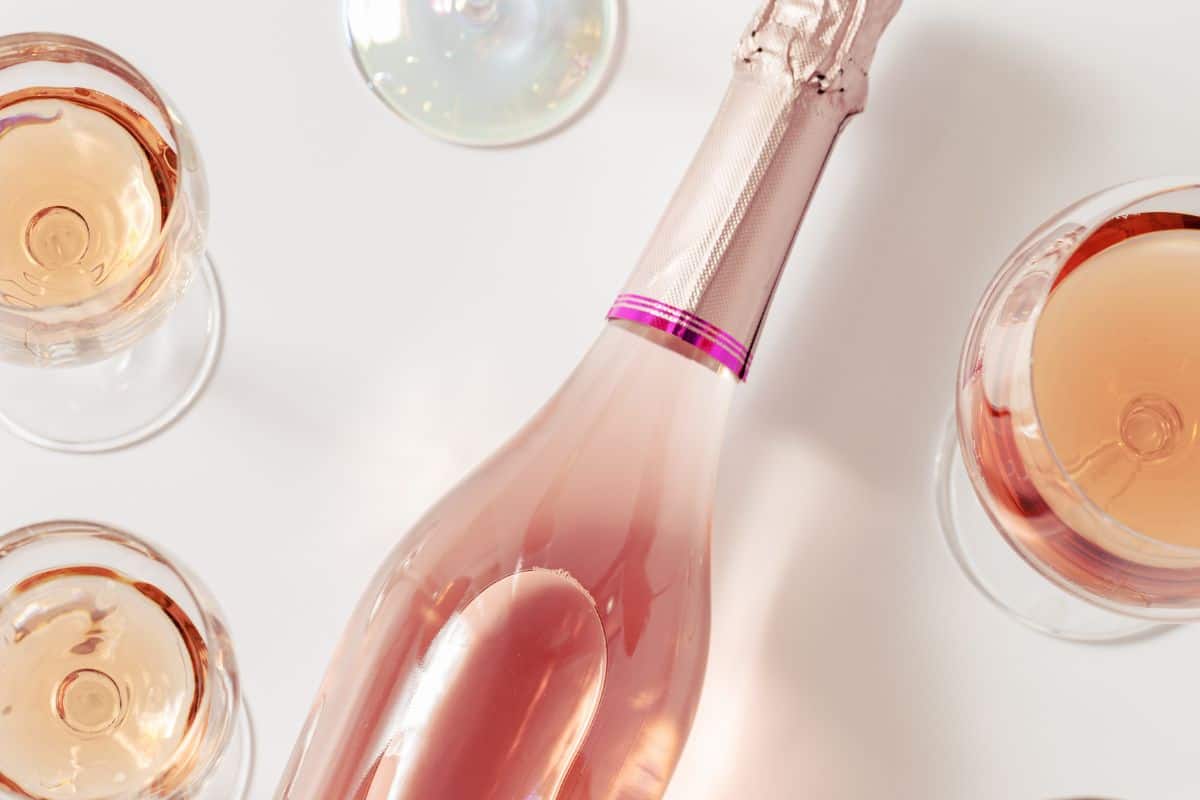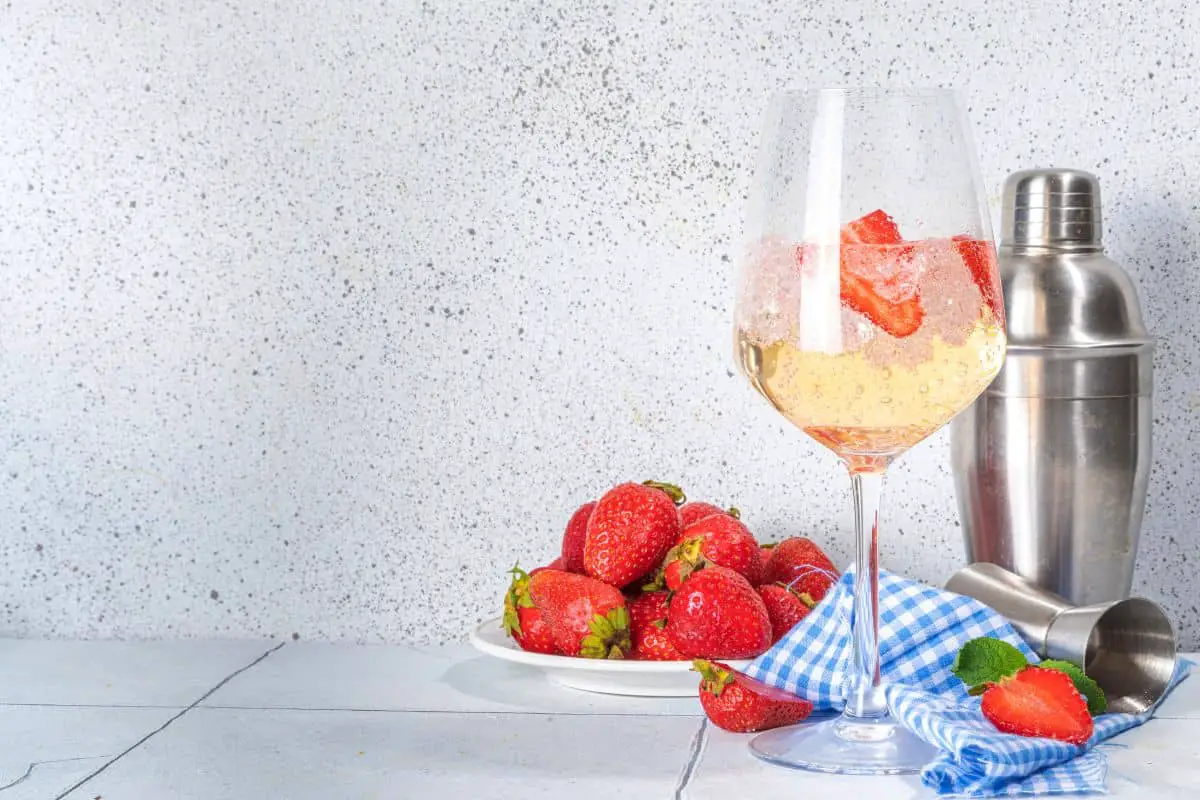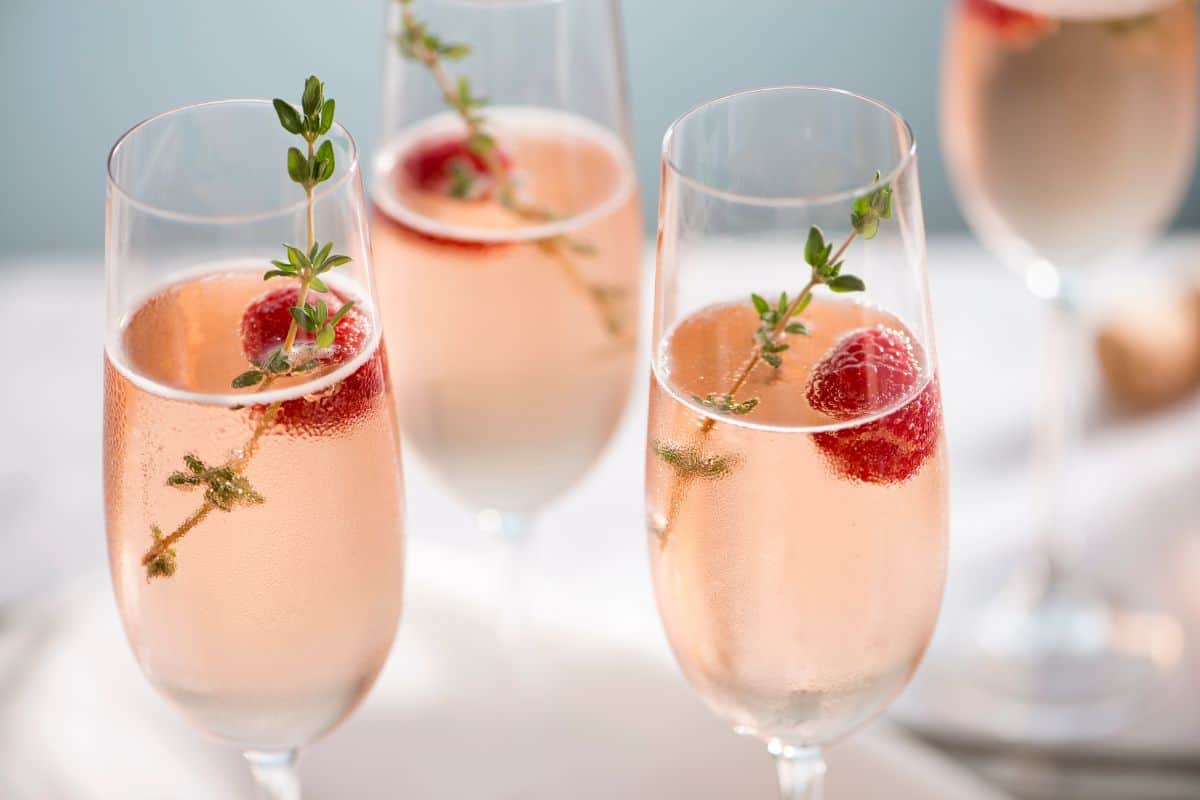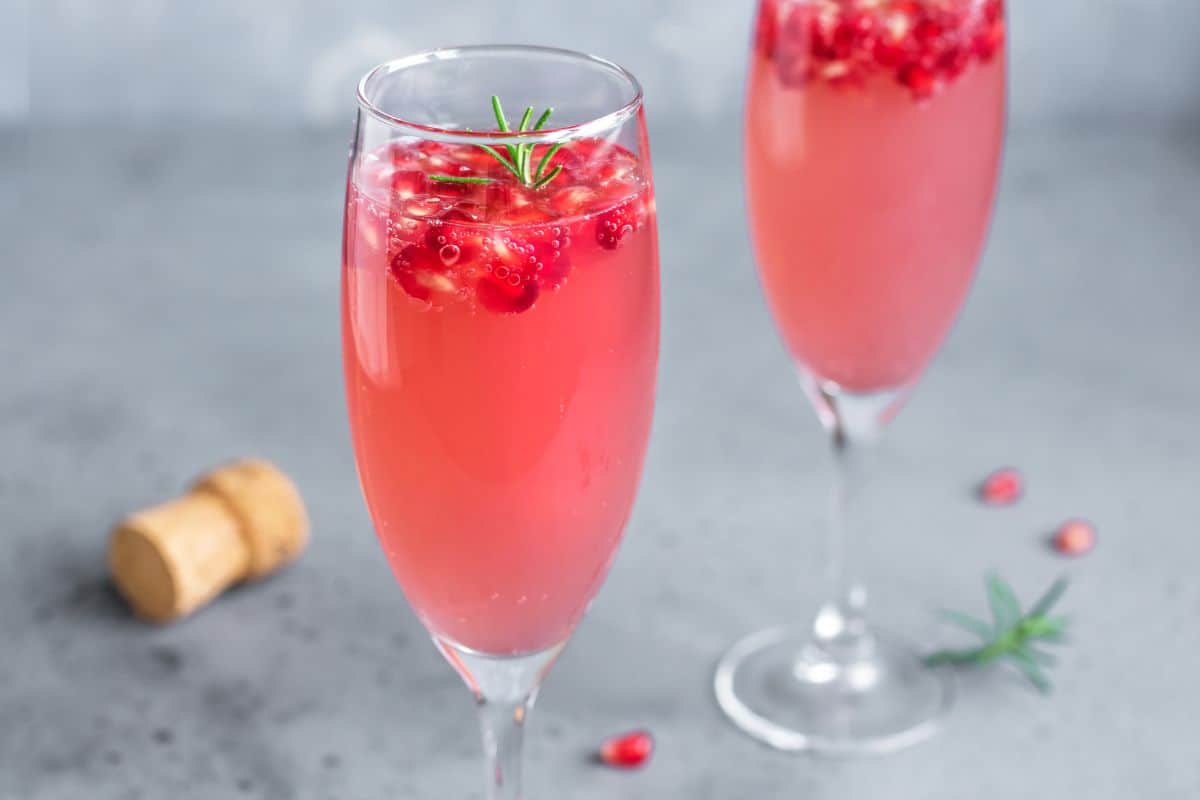If you’re handed a glass of bubbles at a party, you might not be that bothered by the exact type of wine you’re drinking.
Champagne has to come from France and Prosecco from Italy, but other than that, they’re pretty much the same. Right?
Prosecco and Champagne aren’t just interchangeable sparkling wines.

As well as different countries of origin, the fermentation methods and grapes used for each lead to a flavor profile and body with important differences.
Learn your Prosecco from your Champagne with this complete guide to the differences and similarities.
Is Prosecco Champagne?
Prosecco isn’t Champagne, but they are both varieties of sparkling wine.
However, how they’re made, and where in the world they come from determine whether a sparkling wine can be classified as either Champagne or Prosecco.
While all Prosecco might be sparkling wine, all sparkling wine isn’t Prosecco.
What’s The Difference Between Prosecco And Champagne?
Prosecco and Champagne are both varieties of sparkling wine, but they come from different parts of the world, and are made using different methods.
Although there are similarities between the two, you’ll want to know the difference between Prosecco and Champagne before you pop the cork at your next dinner party.
Prosecco Vs Champagne: Where It’s Made
Champagne and Prosecco are both regional varieties, which means in order to claim the name, they have to be made in a specific place.
For Champagne, that’s the Champagne region in France. Prosecco, on the other hand, is an Italian wine.
To be called Prosecco, it has to come from Veneto in Northern Italy. The drink is named after the town of Prosecco, in Trieste.
The process and grapes used to make Prosecco and Champagne do exist in other places in the world, but these vineyards can’t claim the name.
And, of course, without the climate and soil of these specific regions, sparkling wines made elsewhere will lack the unique terroir of Champagne and Prosecco.
Prosecco Vs Champagne: The Grape
Another key difference between Prosecco and Champagne is the grapes used to create the drink.
The grapes used to create Champagne are Chardonnay, Pinot Noir, and Pinot Meunier. Champagne can either be a blend, or a single varietal wine.
Prosecco is made from the Glera grape (which used to be known as the Prosecco grape).
At least 85% of Prosecco must be Glera, although some other grapes can be used alongside.
Prosecco Vs Champagne: Production Method

The biggest difference between Prosecco and Champagne, and the reason for Champagne’s significantly higher price tag, is the production method.
To be called Champagne, it must be created and fermented using the Méthode champenoise. Prosecco is created using a simpler tank method.
So, what is the méthode champenoise?
Also known as the traditional method, méthode champenoise uses a second fermentation process that occurs within the bottle.
To begin with, a tart base wine is created. Yeast (known as lees) and sugar are then added to the base wine, and a second fermentation process occurs.
The bottles are tipped upside down, causing the dead yeast to sink to the neck.
Liquid nitrogen (or frozen brine) is then used to freeze the neck of the bottle, before the cap is popped and the yeast can be removed.
This is known as ‘disgorgement’. The Champagne is then sealed and left to age for a minimum of 18 months. A vintage has to age for three years.
The process of making Prosecco is simpler, even if it follows many of the same steps.
Instead of the second fermentation taking place in the bottle, yeast and sugar are added to the base wine in a tank.
This makes it easier to remove the dead yeast, so the wine is more efficient to produce.
Prosecco Vs Champagne: The Taste
All these differences come together to make the most significant distinction between Prosecco and Champagne for the consumer: the flavor profile.
The delicate bubbles of Champagne give way to a nutty flavor profile, with an almond richness and notes of cherry.
Peaches and citrus add complexity, with orange zest a common flavor in Champagne.
Close contact between the wine and the yeast gives Champagne depth, with notes of biscuit, toast, and bread.
Younger Champagnes can sometimes have a cheese rind aroma, caused by aging on the lees, while vintages typically develop into a pleasant brioche or bread taste.
Prosecco is a much more fruit forward sparkling wine. Tropical fruits are often heavy in the aroma, with pear and apple coming through alongside floral notes.
The flavor profile is often simpler, as the liveliness of the fruits is underlined by flavors of hazelnut, vanilla, and honey.
Although Prosecco tends to lack the complexity of Champagne, some varieties use lees aging, developing a creamy depth.
Prosecco Vs Champagne: The Bubbles
As well as the flavor, the differing fermentation process influences the famous bubbles of both Prosecco and Champagne.
The tank process used to create Prosecco produces a lighter bubble that tends to froth and disappear.
The bubbles of Prosecco add an initial burst of vibrancy, but rarely hang around.
Champagne, however, produces a steady stream of fine bubbles, thanks to the carbonation that occurs during the bottle aging.
Streaming through the glass, Champagne bubbles are delicate and lasting.
Can You Drink Prosecco Instead Of Champagne?
Champagne and Prosecco might have some startling similarities, but these drinks are often best enjoyed on different occasions.
Champagne has complexity and depth, with a surprisingly heavy body. Prosecco is sweet and lively, with quick moving bubbles and a burst of fruit.
The heaviness of Champagne works with seafood and salty pickles, but it can also carry you through a meal.
Lighter Prosecco should be enjoyed with cured meats and spicy appetizers.
But if you’re planning a toast, both drinks have their place. Champagne has an elegant complexity, while Prosecco favors simple brightness.
Final Thoughts
Despite both being sparkling wines, Prosecco and Champagne are two very different drinks.
If there’s one thing they do have in common, it’s that both are excellent choices when you have something to celebrate.
- How to Learn Wine Tasting: Essentials for Beginners - March 10, 2024
- How to Learn to Like Wine: Cultivating an Appreciation for the Vintner’s Art - March 10, 2024
- Thanksgiving Sangria: A Flavorful Twist to Your Holiday Table - August 27, 2023

